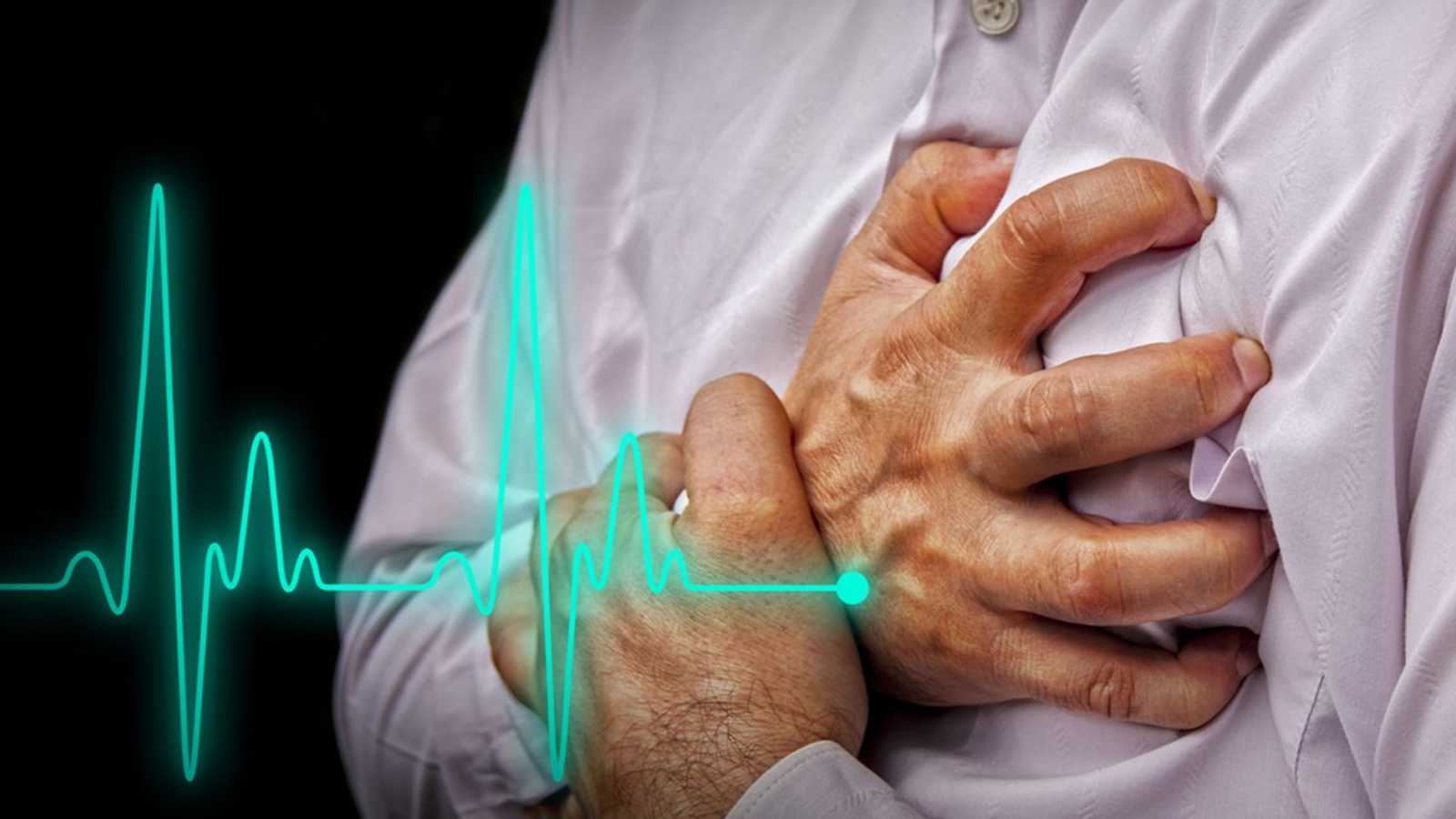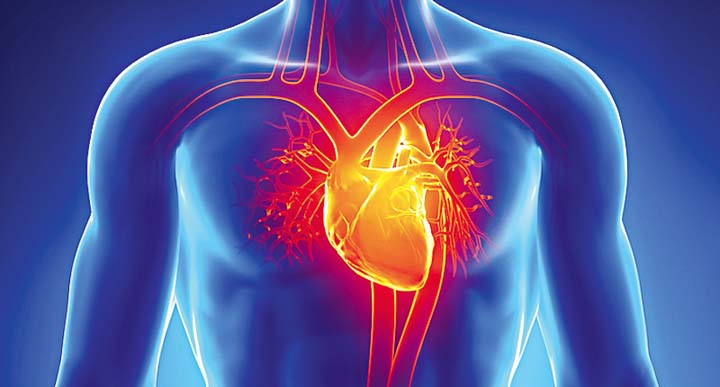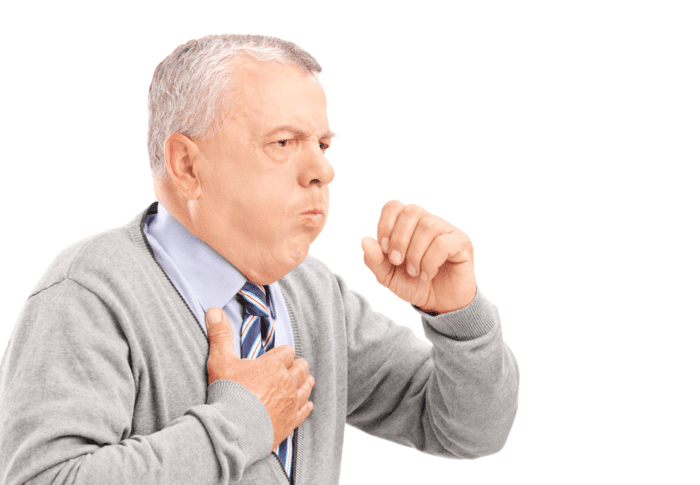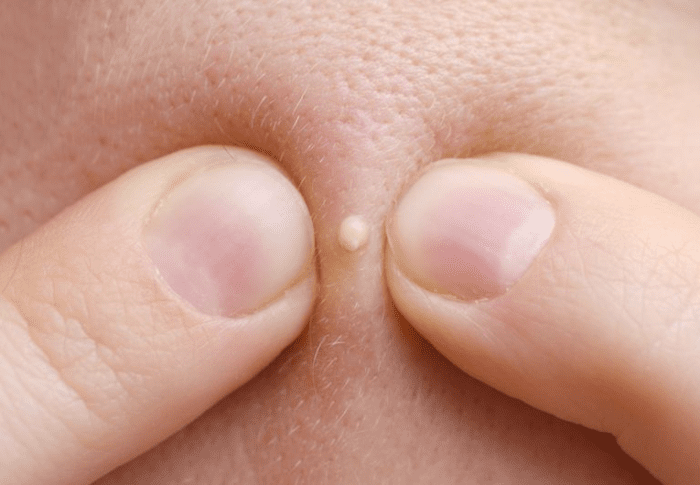
heart attack: Symptoms and treatment
A heart attack occurs when the blood flow to the heart muscle is blocked, causing damage to the heart tissue. This can happen when there is plaque buildup in the arteries, which can lead to a blood clot that blocks the flow of blood. Symptoms of a heart attack may include chest pain, shortness of breath, nausea, and sweating. It is important to seek medical attention immediately if you suspect a heart attack. Treatment options may include medications, angioplasty, or bypass surgery. To reduce the risk of heart attack, lifestyle changes such as maintaining a healthy weight, not smoking, and exercising regularly are recommended.

Symptoms
The most common symptoms of a heart attack for men and women are:
- Chest pain or discomfort: This is the most common symptom of a heart attack. It can feel like a tightness, pressure, squeezing, or burning sensation that may last for more than a few minutes.
- Shortness of breath: You may feel breathless, especially if you are exerting yourself.
- Nausea or vomiting: Some people may feel sick or throw up during a heart attack.
- Dizziness or lightheadedness: You may feel faint or unsteady, or even lose consciousness.
- Pain or discomfort in the arms, back, neck, jaw, or stomach: You may feel pain or discomfort in one or more of these areas, and the pain may radiate from the chest.
- Sweating: You may break out in cold sweat, even if the room is not particularly hot.
If you experience any of these symptoms, seek medical attention immediately.

treatment
There are several treatment options for a heart attack, which can vary depending on the severity of the condition.
- Medications: Medications such as aspirin, nitroglycerin, beta-blockers, and thrombolytics (clot-busting drugs) may be used to help relieve symptoms and restore blood flow to the heart.
- Angioplasty and stenting: This procedure involves inserting a small balloon catheter into the blocked artery and inflating it to widen the artery. A stent may be placed to keep the artery open.
- Coronary artery bypass surgery: In more severe cases, surgery may be necessary to reroute blood flow around the blocked artery and restore blood flow to the heart.
- Lifestyle changes: After a heart attack, lifestyle changes such as quitting smoking, increasing physical activity, and making dietary changes may be necessary to prevent future heart attacks.
Prompt medical attention is critical in the treatment of a heart attack. Call emergency services immediately if you suspect you or someone you know is experiencing a heart attack.






-
-
2 years
Tagged causes, dry cough, treatment